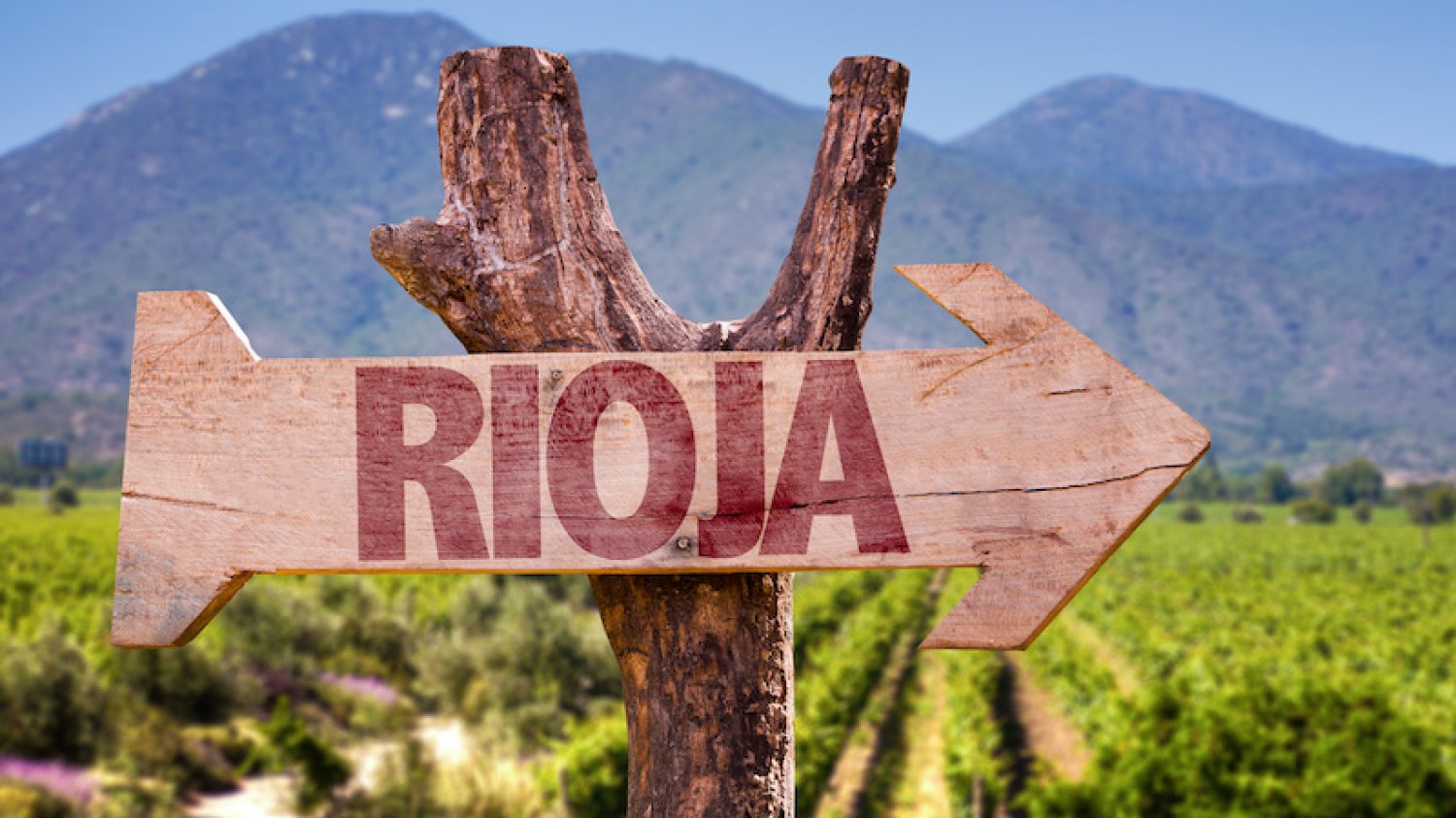
Create your own journey; Experience the best of Northern Spain at your own pace
This website uses its own and third-party cookies, for the proper functioning of the site and to generate usage statistics.
By continuing to browse we understand that you consent to our �ookie policy

2019-05-10
This Spanish region, with more than 500 wineries, is internationally renowned for the quality of its wines. Some time ago, I had the honor of staying with my colleague Sofia, and upon the invitation of the Tourist Office in Logroño, we spent a few days in the Rioja area. I had been there before, as a pilgrim, but my focus was different back then as I only interacted with other pilgrims.
After a beautiful drive past Burgos, we arrived in Logroño. Logroño is located on the banks of the River Ebro and is on the pilgrim route to Santiago de Compostela. It serves as the commercial center of the region and bustles with activity. Many residents of this city are involved in the wine trade. Although it is an old city, it lacks significant buildings. In recent years, the city has undergone considerable expansion and renovation. In 2012, the city was declared the gastronomic capital of Spain! Calle Laurel is the main attraction of the city, featuring the highest concentration of gastronomic specialties and tapas in La Rioja (and, of course, the place to see and discover the friendly nature of the "riojanos").
Visit a Winery
After arriving at the hotel, we were shortly picked up by a bus to visit a winery. It's a family business, with the 4th generation now running the operation. Passionately, and of course, while enjoying wine and tapas, we received an explanation of the wine-making process, the marketing of the wine, and its interaction with other aspects of the city, such as culture.
Tranquil Retreat
The next morning, after a short bus ride through the beautiful surroundings of La Rioja, we found ourselves in a completely different atmosphere. We visited the Yuso and Suso monasteries. Yuso is a monastery from the 11th century, originally a Benedictine monastery. Part of the monastery has now been transformed into a hotel. Suso is the older of the two buildings, dating from the 6th century. The Spanish written and spoken language was born in these monasteries; the first literature in Castilian was written here, eventually developing into one of the most spoken languages in the world. For these reasons, the monasteries were recognized as a UNESCO World Heritage Site in December 1997. The monasteries exude a serene atmosphere, and we were amazed by all the splendor inside and a collection of old books. A beautiful place for anyone seeking peace and reflection!
Haro: Wine Capital
We continued our route to Haro, the wine capital of La Rioja, and visited one of the oldest wineries in the city. Cobwebs adorned the walls, and the smell was peculiar, but these conditions are ideal for wine storage. Spiders eliminate vermin that does not belong in the wine cellars, and high humidity ensures that the wine matures perfectly. Wine is still made in a traditional way in this winery. Quite special to see!
La Rioja's Cuisine
Time to indulge our taste buds. La Rioja's cuisine is simple and utilizes top-quality regional products. The region's strong agricultural tradition provides a wide variety of local vegetables and legumes, including bell peppers, garlic, onions, artichokes, asparagus, and lettuce. We were served a typical dish from this region called "Cochinillo," suckling pig. There are special restaurants where the dish is prepared in traditional wood ovens. Due to the absence of wood-burning stoves in modern homes, the dish is often taken to the village baker in an earthenware dish and placed in the wood-burning oven before dinner. This ensures a crispy crust and deliciously tender meat! A true delight.
After lunch, we visited the wine museum in Haro. We received an explanation of everything related to wine: the ingredients, the tools, the process, the people, and the vineyards. It's an immense wealth of knowledge, often passed down through generations.
Jurassic Park in Rioja
Did you know that La Rioja is Spain's very own Jurassic Park? A dinosaur route follows the 22 most important layers of stone where the footprints of these ancient creatures are preserved for eternity. True enthusiasts head to Enciso, where they encounter more than just a handful of skeletons. A fierce Tarbosaurus, life-sized, guards the entrance to Valdecevillo, one of the jewels of the route. Who dares?
Back in Logroño, we, of course, concluded our visit on Calle Laurel. While enjoying yet another passionate explanation from the president of the foundation about the bars, we soaked in all the beauty that La Rioja has to offer.
In Summary... After this visit, I can say that I am greatly impressed by La Rioja, and I now view it with entirely different eyes. It's an area best known for its wines but But it has so much more to offer. In addition to visits to wineries, you can also do other activities related to wine, such as horse riding, ballooning, cross-country driving. This region is closely linked to the pilgrimage to Santiago and also has a lot to offer in the cultural field. In addition to the capital, Logroño, other places are worth exploring, such as Santo Domingo de la Calzada and its cathedral or San Millán de la Cogolla and its monasteries. And if we add the surprising world of nature to it, then La Rioja with its Mediterranean forests, high mountains, lunar landscapes, and nature parks, such as the Sierra de Cebollera and the biosphere reserve of Arnedillo, is a hidden region in northern Spain!
Want to know more about Rioja or discover the Rioja yourself? Click here. You can always contact us for customized advice."
Annemiek, Spain is More
Back